The key to successful selling is knowing your audience. If you take the time to know your audience, you can use what you know about them to craft strategies and get them to take your desired action.
That’s why customer psychology is so important. Customer psychology seeks to comprehend how customers think and feel when making purchasing decisions. When you know how people generally act as buyers, you can create better adverts, provide better customer experiences, and, ultimately, meet your company’s business goals.
Here are six critical customer psychology theories you should know to persuade customers to buy from you.
6 Customer Psychology Tactics to Try Today
1. Social Proof
When individuals are faced with uncertainty or are willing to buy a new product, they will rely on the experience of others to guide their decisions and actions. So, if celebrities, family, experts, or even strangers online, believe the product is good, it is. The result is that they purchase the same product, too.
That’s the concept of social proof. People typically believe other people like them or the people who are supposed to know more about a specific topic. So, get more of those people to say good things about your product, and you can expect your sales to increase.
Begin by encouraging and sharing user-generated content and positive testimonials through your marketing channels. Check out this example from Buzzsumo. To make sure people will read testimonials on their product, they even publish them in an easy-to-read question and answer format:
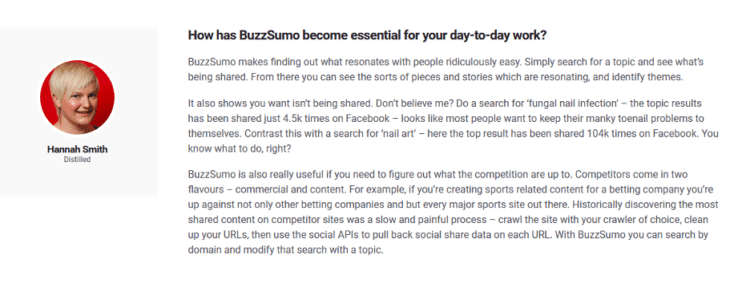
Source
You may also organize an event and invite industry professionals to review your products.
You can also tap influencers and affiliates to promote your products. In an increasingly online environment, placing counters on your web platform, such as the number of people who have bought or supported the product, is social proof.
2. Limited Interaction
Limited interaction boosts customer engagement. When something looks scarce, we think we must act immediately and get it or risk missing out on that something. Also, we tend to believe that the product must be unique and valuable.
You can make your product look valuable in the eyes of potential customers, too. Use phrases such as “limited release”, for example. By giving access to your product only to a select few, you build buzz around your product and raise anticipation even before you’ve started selling it.
Liferay, for instance, promoted its B2B digital commerce platform by offering it as a limited release:
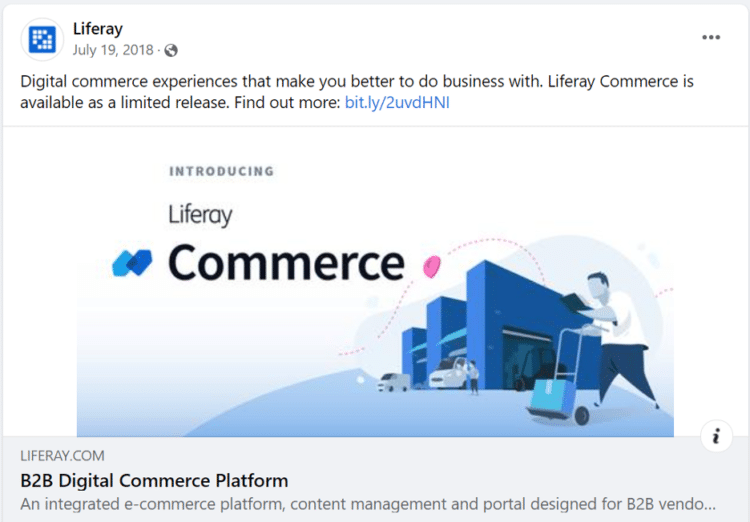
There are other ways you can leverage this limited interaction theory. Include limited-time offers or deals, for example. You may also show countdown timers on your website.
Notice that to leverage the limited interaction theory, you need to include specific elements in your site. In this case, it’s either a limited supply of items or a limited amount of time.
Make sure you incorporate those elements during the website creation for eCommerce stage and not when the site is already up and running. You want your site to be working all the time. If consumers find it doesn’t work at some point because you had to include that stock label, for example, they might end up going to a competitor and making a purchase there instead.
3. Emotional Bonding
People tend to develop an attachment to things that arouse their emotions, and brands are no exception. The most successful brands are those that use emotional cues that their audience can relate to. By tapping into emotions, your brand can become something your customers feel strongly about.
HubSpot, for instance, isn’t exactly a brand you’ll associate with feelings. However, it publishes content that allows customers to create bonds with it. HubSpot’s social media videos give us a glimpse into the life of digital marketers and other people who use HubSpot solutions.
One such video, “What It’s Like Being an Introvert in a Meeting”, was one of HubSpot’s most-viewed videos with more than 10,000 views. Introverts and extroverts alike can relate to the video and share it with like-minded people.
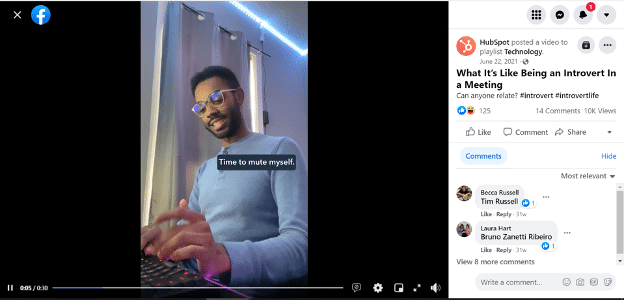
The key is to get people to associate your product with positive emotions. In the case of the video above, HubSpot convinces people that it’s a brand that welcomes everyone, even introverts who’d rather focus on other things in the middle of a Zoom call.
So, come up with relatable stories that tug at heartstrings for your promotional material, just like what HubSpot does. When consumers associate your brand with positive emotions, they are more inclined to trust it. That increases the chances of them purchasing from you.
4. Mutual Reciprocity
Mutual reciprocity is the concept that individuals like exchanging goods and services with one another for mutual benefit. In marketing, the customer receives some kind of value for free. If they have a positive experience with your content or your brand, they are more likely to reciprocate by making a purchase or referring you to someone who will make a purchase.
This customer psychology theory is used in many ways in content marketing. We see it in free trials of streaming services and in businesses’ tendency to give free product samples.
So, like all those brands, provide quality freebies that satisfy consumers. It might be free content such as blog posts or ebooks. You can also offer a free premium trial or a free version of your product or service. That’s what Copyblogger does:
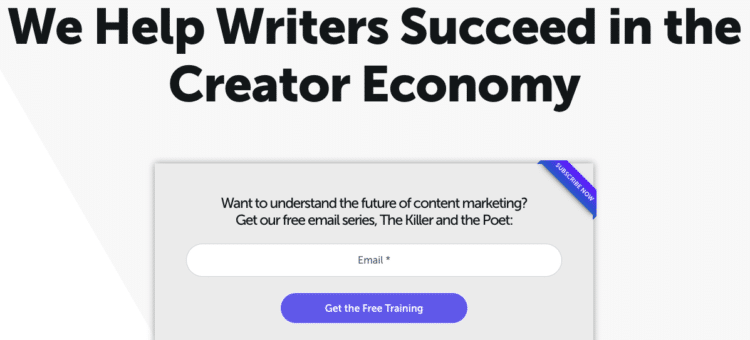
Source
You may leverage the theory of reciprocity in your business relationships that can help boost sales, too. Share resources and networks with specific companies, for instance. Down the road, these businesses will be willing to help you with other things, too.
5. Maintaining Consistency
People are beings who want consistency. When we make a decision, our brain uses it as a reference for future decisions. People like to act in line with what they previously said or did.
You can use that to your advantage. Get people to commit to your product so they’ll stay in the purchase cycle. Get them to subscribe to your email list, for instance. Or to join a contest. Maybe get them to attend an event you hosted. So, the next time you offer your product, they’re more likely to make a purchase.
Sophos, for instance, leverages this consistency theory by getting people to try out their products for free:
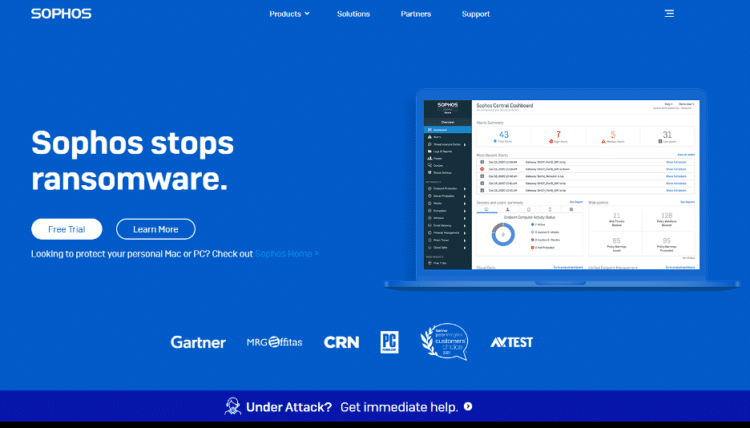
Source
In addition, Sophos offers a “Rapid Response” service where any business that’s in the middle of an IT security issue can get immediate help with just one phone call, even if they’re not a current Sophos customer. This strategy seeks to convince potential customers that anyone can expect to get help when they need it without having to worry about the startup costs.
6. Personalized and Contextual Content
When people think of personalized content, they think of email subject lines that start with their first name. This strategy is by far the most common type of content personalization. However, you need to go above and beyond when you do B2B content marketing. Business owners and decision-makers don’t just want to see their names in your subject line; they want to read content that can help them do business better.
There are two approaches you can take to accomplish this goal: Audience-based targeting, which uses user behavior analysis and buyer personas to serve content to users that fit specific profiles; and contextual targeting, which targets spaces and situations where readers are likely to be looking for information in specific niches.
Compared to audience targeting, content contextualization can reach prospects that don’t resemble the buyer persona, which is often limited in scope. Businesses that run contextualized targeting campaigns know the websites or apps their audience use, and the events and locations they go to. Guest posting in niche-relevant websites, for example, is an efficient way to reach new audiences that otherwise would not have heard of your brand.
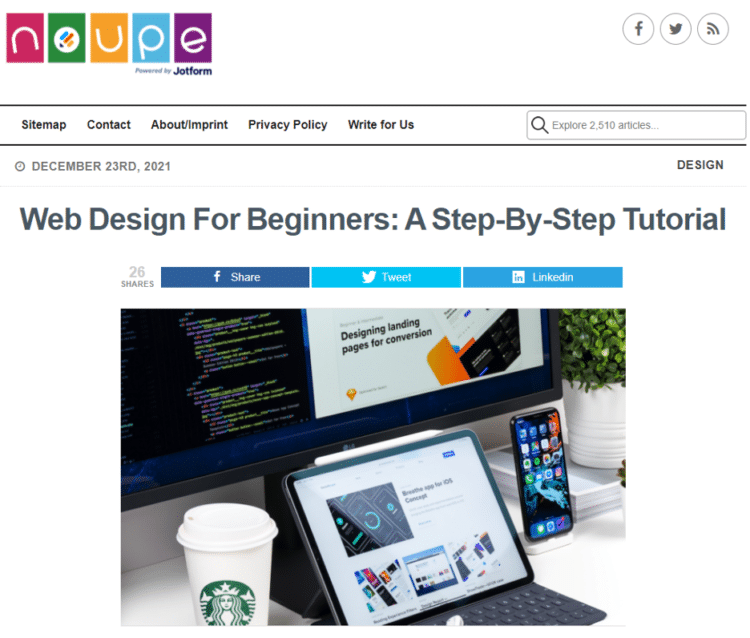
For example, Lform’s core audience is B2B businesses that need web design and development services. By publishing a guest post on Noupe, a niche website for web-based workers and site owners, the business was able to attract the attention of readers who wanted to try their hand at web design. This type of contextual targeting resulted in higher exposure and social media engagement for Lform, leading to more business inquiries.
Mediafly also helps B2B sellers deliver relevant and contextual content with Workspaces, or small microsites, created by the seller for a particular buyer or meeting. These Workspaces focus on the value the seller and their offering can deliver to a specific buyer with contextually relevant, engaging and interactive content, and value calculators or business value assessments that quantify exactly how the seller can help the buyer meet business goals.
Conclusion
Knowledge of customer psychology can help boost sales. You’re selling to people. When you know how their mind works, you can craft strategies to help them take your desired action.
You learned five critical customer psychology theories from this article: social proof, limited interaction, emotional bonding, consistency, and mutual reciprocity. Don’t just leverage one theory to create your marketing strategies. It’s better if you leverage as many theories as you can.
The moral of the story is clear: take your time to know your customers, then use what you know to craft sales and marketing strategies that will work. Those sales will just keep on coming, trust me.
For more information on how to engage B2B buyers with content and sales stories that incorporate customer psychology, download Storytelling 101: A Guide for B2B Sales Organizations.

Comments are closed.